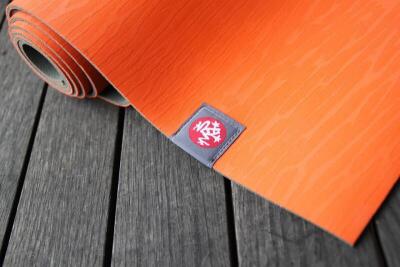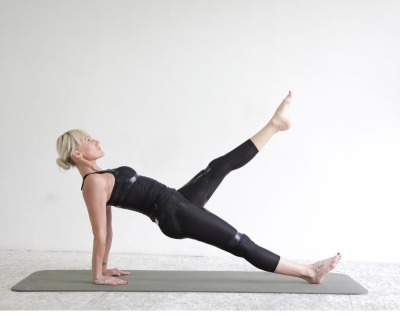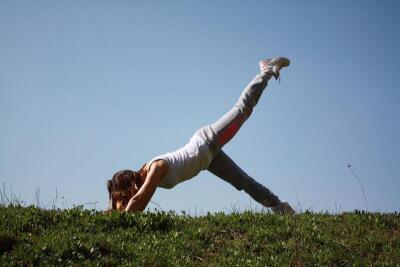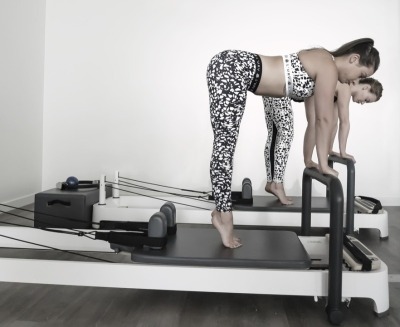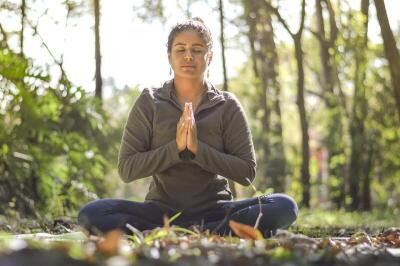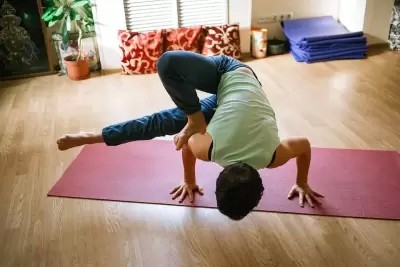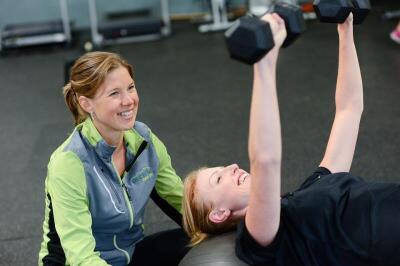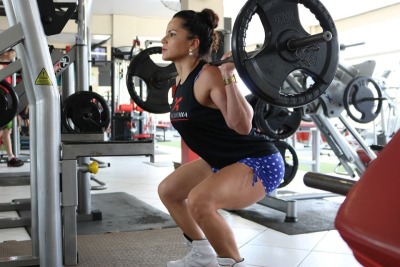How To Keep Fit For Over 40s

As we age, it becomes more and more important to take care of our bodies. Unfortunately, this isn't always easy. With work, family, and other obligations, it can be hard to find the time or energy to focus on our health. However, if we want to stay healthy as we get older, we must do everything we can to maintain our fitness levels. Luckily, there are a few simple things we can do to help keep ourselves in good shape as we age. In this blog post, we'll share some tips on how unhealthy people can stay fit over 40 years old. We hope you find this information helpful!
The importance of exercise for those over 40
As we get older, it becomes more and more important to maintain our physical health. While exercise is a key component of staying healthy at any age, it is especially crucial for older individuals. Activities like strength training and cardio can help to improve bone density, reduce the risk of heart disease, and boost our overall energy levels.
Additionally, regular exercise is effective in reducing the effects of ageing on the brain, slowing cognitive decline, and even helping to stave off depression. Whether you prefer light activities like yoga or high-intensity workouts like running or cycling, taking time to stay active can help ensure that you can lead a long and healthy life well into your 40s and beyond. In this blog post, we'll share some tips on how unhealthy people can stay fit over 40 years old.
How to find the right exercise routine for you
When it comes to finding the right exercise routine for you, there are a few key things to keep in mind.
First, it's important to start with something that you enjoy doing. Whether it's running, swimming, cycling, or going to the gym, picking activities that are fun and exciting will help keep you motivated and consistent with your workouts.
Secondly, it's crucial that the activities you choose mix up your routine by incorporating different muscle groups or movement patterns. This will help challenge your body and prevent boredom or plateaus. Ultimately, finding the right exercise routine is about identifying what types of activities make you feel good and energized, while also helping you meet your goals.
How to stay motivated when exercising
When it comes to exercising, staying motivated can often be one of the biggest challenges. Many people struggle to find the motivation to hit the gym regularly, or simply don't enjoy the feeling of a strenuous workout. However, there are several strategies that you can utilize to stay motivated and keep your workouts fun and engaging.
One key strategy is to mix up your exercise routine. For example, try incorporating fun and challenging group classes, like yoga or spin classes, into your regular workout regimen. This will help keep things interesting by changing up the routine and introducing new challenges. Additionally, you can also aim to set short-term goals for yourself, such as increasing the amount of weight that you lift or running a certain distance within a specified time frame. Not only will this help provide ongoing motivation as you work towards your goals, but it can also help boost confidence in your fitness ability and give you something concrete to strive towards.
The importance of warming up and warming down
When it comes to exercise, warming up and cooling down are essential components of a safe and effective workout. As we get older, our bodies change and become more vulnerable to injury, so we must take the time to warm up and prepare our muscles before engaging in any strenuous activity. This can be as simple as doing a few light stretches or as involved as a few minutes of light cardio with dynamic movements. Likewise, after exercising, it is important to cool down gradually by slowly decreasing the intensity of your workout for at least 10-15 minutes. Warming up and cooling down help to increase blood flow to the muscles, lower the risk of injury, and reduce soreness after working out.
Tips for eating healthily
If you're over 40 and looking to eat a healthier diet, there are several key things that you should keep in mind. To start, it is important to focus on eating plenty of fruit and vegetables. Both of these foods are rich in essential vitamins and minerals, and they are also high in fibre, which can help keep you feeling full and satisfied throughout the day.
Another important step is to make sure you are getting enough water. Not only is water essential for good overall health, but it can also help to prevent cravings for junk food or sugary snacks. By eating well and taking care of yourself now, you can ensure a healthy future well into your 40s and beyond.
Foods to avoid
When it comes to maintaining a healthy, fit body, there are certain foods that should be avoided. For example, white bread is often high in refined carbohydrates, which are digested quickly and can lead to spikes in blood sugar levels. In addition, white bread is also typically made with refined flour that has been stripped of its nutrients.
Other foods to avoid are ones high in saturated fat. Saturated fats can raise your cholesterol levels and increase your risk of heart disease, so it's important to limit your intake of these unhealthy fats. Examples of foods containing saturated fat include red meat and dairy products like butter and cheese.
Finally, alcohol should also be avoided if you want to stay fit. While consuming a moderate amount of alcohol may not have a significant impact on overall health and fitness levels, heavy or binge drinking can certainly impact your wellness goals by increasing blood pressure and promoting weight gain as well as disrupting sleep patterns.
It's never too late to start living a healthier life
It’s never too late to start exercising and improving your overall health. Research shows that people who exercise regularly over the age of 40 tend to have a longer lifespan, better mental health, and reduced risk of diseases such as cancer. The best part is that there are so many different types of exercise routines available nowadays that you can find one that fits your lifestyle and needs. If you’re not sure where to start, get in touch with a local gym or personal trainer who can help you create a personalised fitness plan tailored just for you.


